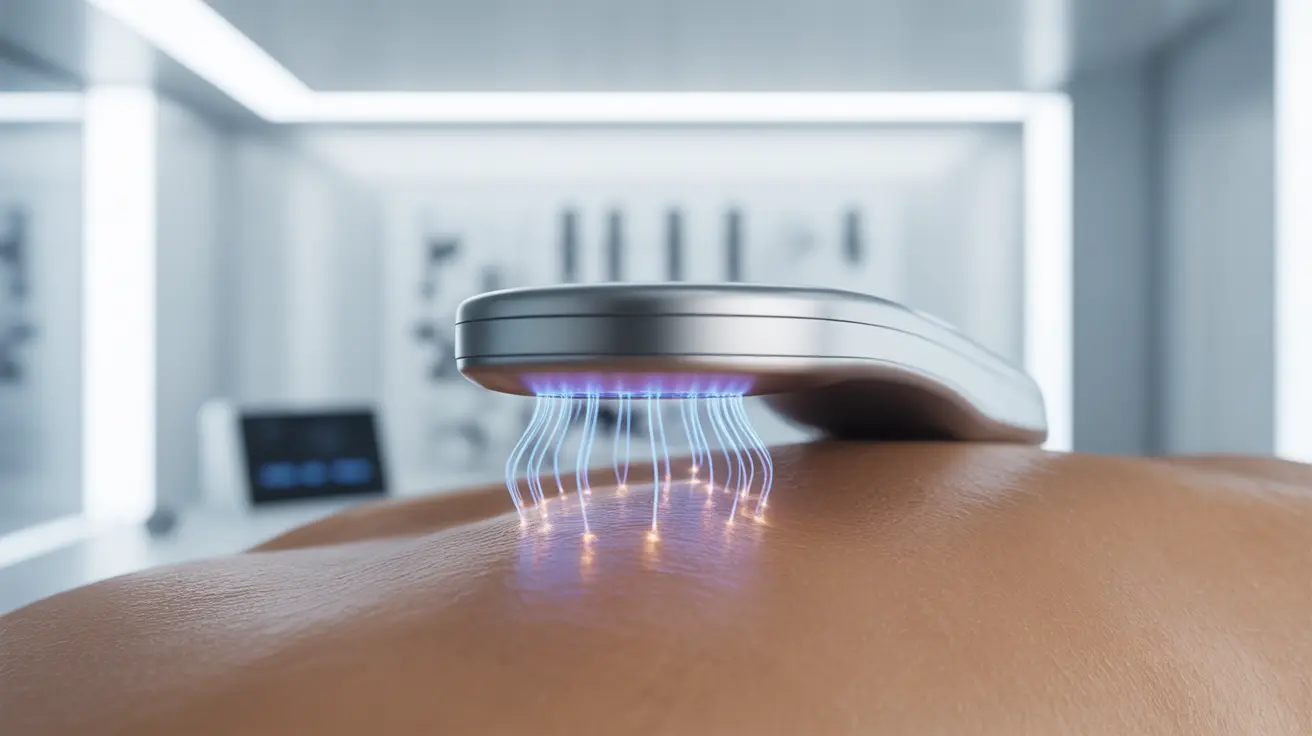Plasma fibroblast therapy represents an innovative cosmetic treatment that's gaining attention in the world of non-surgical skin rejuvenation. This advanced procedure uses plasma technology to stimulate fibroblast cells, which play a crucial role in maintaining skin firmness and elasticity. For those seeking alternatives to traditional surgical procedures, understanding this cutting-edge treatment is essential.
As more people explore non-invasive cosmetic solutions, plasma fibroblast therapy has emerged as a promising option for addressing various skin concerns, from wrinkles to sagging skin. Let's delve into the science, benefits, and considerations of this revolutionary treatment.
Understanding Plasma Fibroblast Technology
Plasma fibroblast therapy utilizes a device that creates controlled micro-injuries in the skin using plasma – the fourth state of matter. The device never actually touches the skin; instead, it creates tiny arcs of plasma that precisely target specific areas. These micro-injuries stimulate fibroblast cells to produce new collagen, leading to skin tightening and regeneration.
The treatment works by ionizing atmospheric gas between the device's tip and the skin's surface, creating tiny plasma flash points. This controlled damage triggers the body's natural healing response, resulting in tissue retraction and tightening.
Treatment Areas and Applications
Plasma fibroblast therapy shows remarkable versatility in treating various areas of the face and body. Common treatment areas include:
- Upper and lower eyelids
- Crow's feet and forehead lines
- Nasolabial folds
- Neck lines
- Stomach skin tightening
- Acne scarring
The precision of the treatment allows practitioners to target specific areas while leaving surrounding tissue unaffected, making it particularly effective for delicate areas like around the eyes.
The Treatment Process
Before Treatment
Prior to undergoing plasma fibroblast therapy, patients typically receive a thorough consultation to assess their skin condition and treatment goals. The practitioner will discuss medical history, expectations, and potential contraindications.
During the Procedure
The actual treatment involves several steps:
- Application of topical numbing cream
- Careful marking of treatment areas
- Systematic application of the plasma device
- Creation of tiny dots in precise patterns
The procedure usually takes 30-60 minutes, depending on the treatment area size.
Recovery and Results
After treatment, patients can expect:
- Small brown dots where the plasma was applied
- Mild to moderate swelling, particularly around the eyes
- Formation of small crusts that naturally fall off within 5-7 days
- Progressive improvement in skin tightness over 8-12 weeks
Full results typically become visible after 12 weeks as collagen production continues to improve skin texture and firmness.
Safety Considerations and Side Effects
While generally considered safe when performed by qualified practitioners, potential side effects may include:
- Temporary redness and swelling
- Hyperpigmentation (usually temporary)
- Slight skin sensitivity
- Minor scabbing during healing
Proper aftercare and sun protection are crucial for optimal results and minimizing complications.
Frequently Asked Questions
Q: What is plasma fibroblast therapy and how does it work to tighten and rejuvenate skin? A: Plasma fibroblast therapy uses ionized gas to create controlled micro-injuries in the skin, stimulating fibroblast cells to produce new collagen. This process leads to natural skin tightening and rejuvenation through the body's healing response.
Q: What are the common side effects and risks associated with plasma fibroblast treatments? A: Common side effects include temporary swelling, redness, and the formation of small scabs that heal within 5-7 days. Rare risks include hyperpigmentation and prolonged sensitivity. Most side effects resolve completely with proper aftercare.
Q: Which areas of the body can be treated with plasma fibroblast therapy? A: The treatment is versatile and can address multiple areas, including upper and lower eyelids, crow's feet, forehead lines, nasolabial folds, neck area, stomach, and areas with acne scarring.
Q: How long do the results of plasma fibroblast therapy last and what maintenance is needed? A: Results typically last 2-3 years, depending on the individual's aging process and lifestyle factors. Maintenance treatments may be recommended every few years to maintain optimal results.
Q: How does plasma fibroblast therapy compare to other skin tightening procedures like CO2 laser or surgical lifts? A: Plasma fibroblast therapy offers a middle ground between non-invasive treatments and surgery. It's generally less invasive than CO2 lasers and surgical lifts, with shorter downtime, but may require multiple sessions for optimal results comparable to more aggressive treatments.




